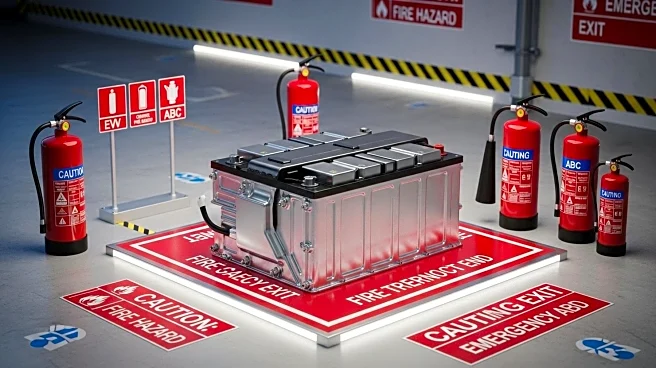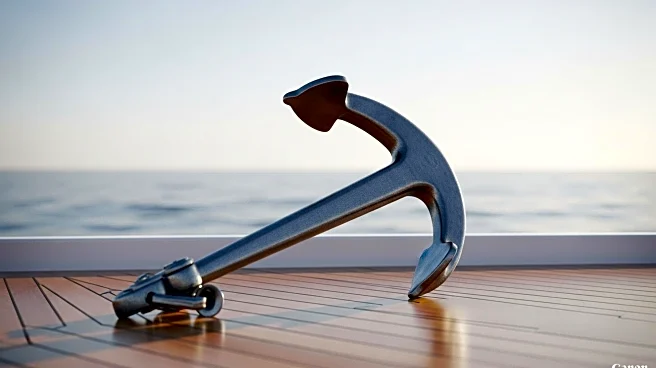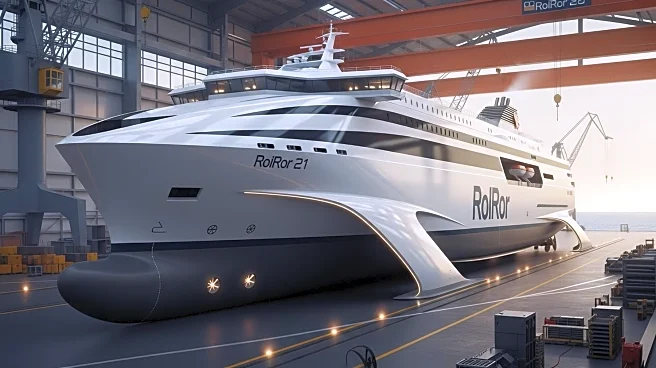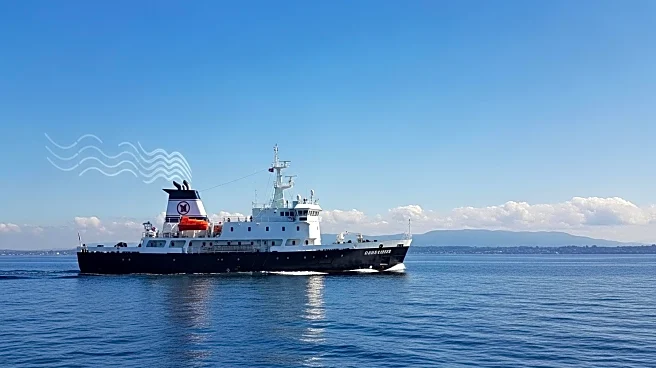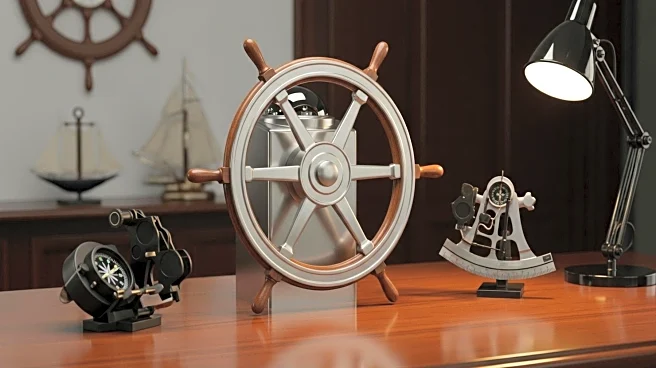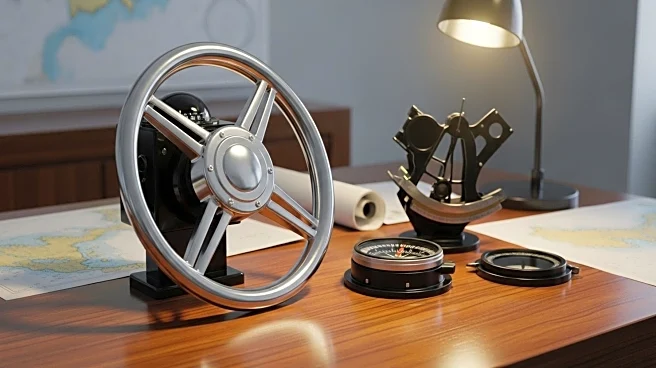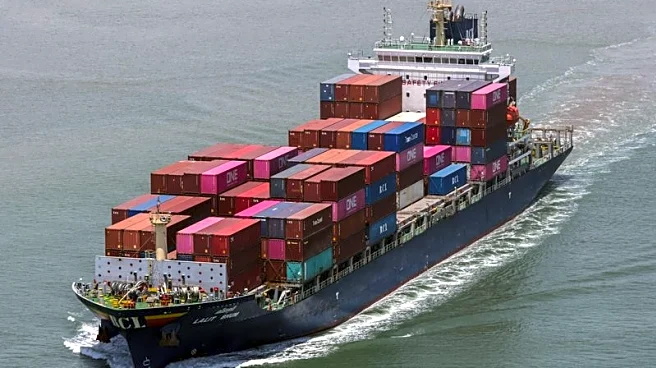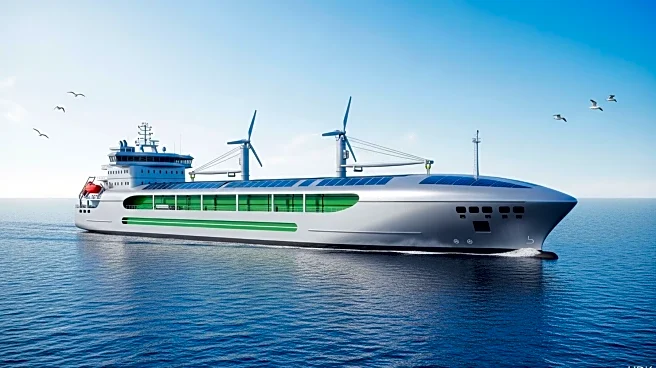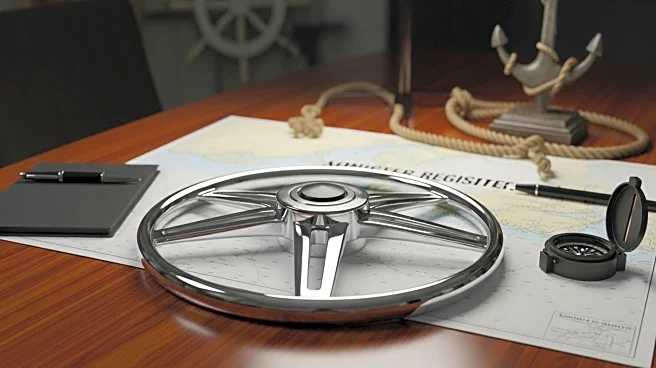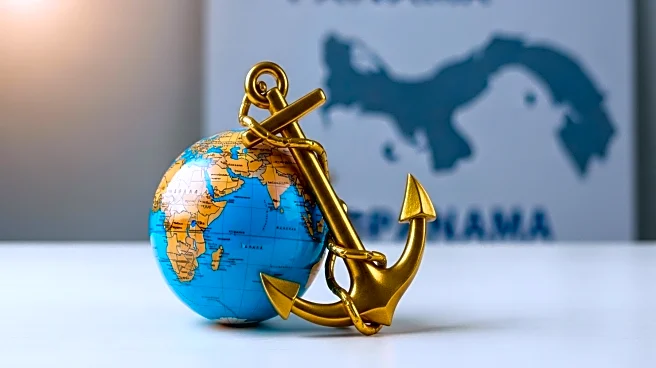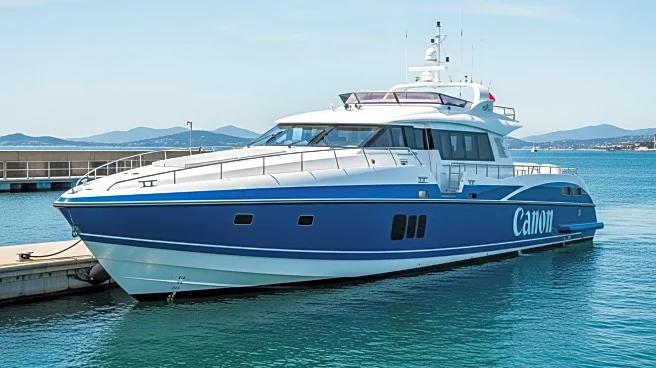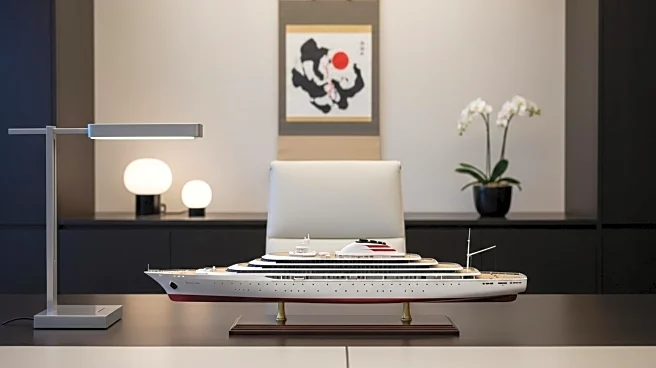What is the story about?
What's Happening?
The International Union of Marine Insurance (IUMI) has released an updated set of best practices for the safe transportation of electric vehicles (EVs) by sea. This update comes in response to the increasing frequency of fires on car carriers, which may involve EVs. Although no fires have been definitively linked to EVs, the unique characteristics of EV fires necessitate specific safety measures. The updated guidelines address several key areas, including potential gas accumulation during thermal runaway, total energy release and peak temperatures, challenges with ship design, and limitations of foam-based extinguishing systems. The guidelines emphasize the importance of early detection and verification of fires, the use of fixed firefighting systems, and the need for specialized training for seafarers. IUMI is actively involved with the International Maritime Organization (IMO) to enhance fire safety measures for ships carrying new energy vehicles.
Why It's Important?
The updated guidelines are crucial for the maritime industry as the transportation of EVs continues to grow. With around 20 million cars shipped annually, understanding the risks associated with EV fires is vital for carriers, operators, and insurers. The guidelines aim to mitigate these risks, ensuring the safety of crew and cargo. The focus on early detection and fixed firefighting systems highlights the need for proactive measures to prevent fires from spreading. This is particularly important given the unique design challenges of Pure Car and Truck Carriers (PCTCs), which can exacerbate fire risks. The involvement of IUMI with the IMO underscores the global effort to address these safety concerns, potentially leading to new international standards for EV transportation.
What's Next?
The IUMI's collaboration with the IMO Correspondence Group is expected to result in further enhancements to fire safety measures for ships carrying EVs. This group is working on an action plan to improve onboard firefighting capabilities, which may include the adoption of new technologies such as high-pressure water mist sprinkler systems. Additionally, the shipping industry is encouraged to explore improved firefighting strategies and develop dedicated training schemes for seafarers. These efforts aim to establish comprehensive safety protocols that can be implemented globally, reducing the risk of fires and ensuring the safe carriage of EVs.
Beyond the Headlines
The updated guidelines also highlight the broader implications for the shipping industry, including the need for improved ship design and construction to accommodate new firefighting technologies. The focus on proactive exploration of firefighting capabilities reflects a shift towards more sustainable and effective safety measures. This could lead to long-term changes in how ships are designed and operated, with an emphasis on safety and environmental considerations. The guidelines also suggest the use of color-coded stickers to identify different types of vehicles, which could improve safety and efficiency in emergency situations.
AI Generated Content
Do you find this article useful?
